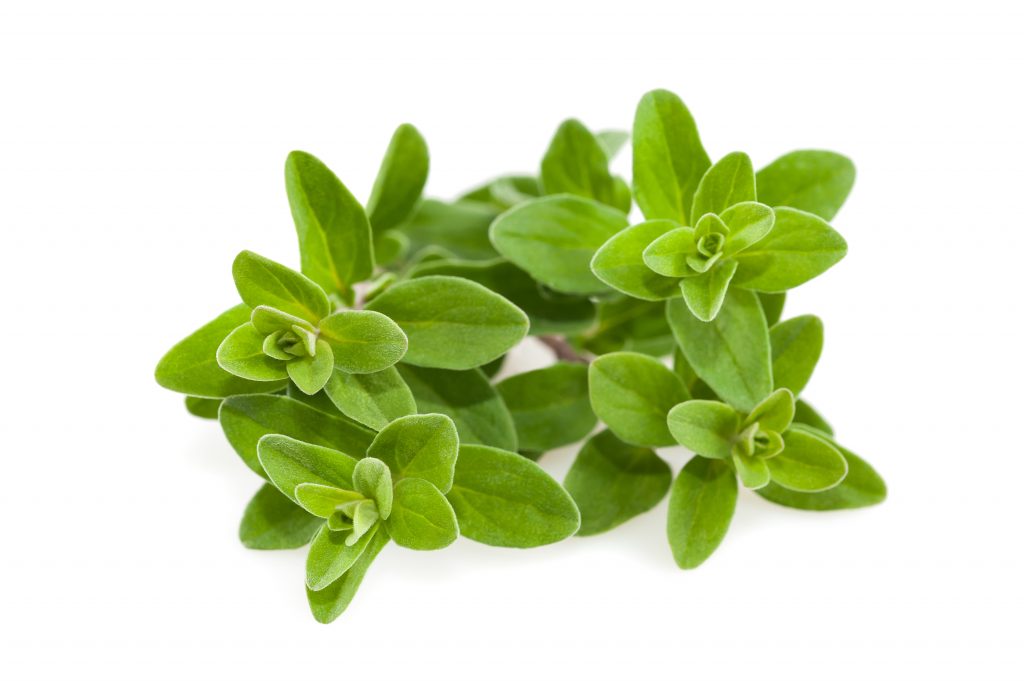
Eating less salt will help keep your blood pressure down and reduce your risk of stroke. There are lots of great ways to flavour food without the need for salt. In this series of posts I will be sharing ideas and recipes to help you try new flavourings and reduce your salt intake. Today I am focusing on marjoram.
Marjoram is not as well known as its close relation oregano. It has a similar but sweeter taste. You don’t actually see it in many recipes and I think that’s a great shame because it grows fantastically well in the UK.
I have found that wherever you see a recipe call for sage or thyme, marjoram will probably work as an addition or a substitution. It works equally well with meat, poultry, fish, eggs and vegetables. Most herb experts seem to comment that it works best if added at the end of cooking. This is because it does not hold its flavour well with heat.
I love to add it to a vegetable omelette. I chop it up finely and sprinkle it on once it’s almost cooked. Marjoram’s aromatic flavour is fantastic with roast meat and a great addition to salads too. I use it alongside mustard in “herby mustard chicken” a recipe with loads of hunger busting protein and plenty of vitamins and minerals. It also works brilliantly in a homemade burger. I add it to this recipe. You can make your own tomato relish and use low sodium salt to keep the salt content down. I had always thought of marjoram as more of a herb to go with meat and eggs until I discovered grilled fish with marjoram, which is lovely.
As always please share how you use marjoram, as I am keen to find new recipes. If you’d like to modify your recipe for a specific need just let me know. Head over to @eatingmindset on Facebook to share and comment.

